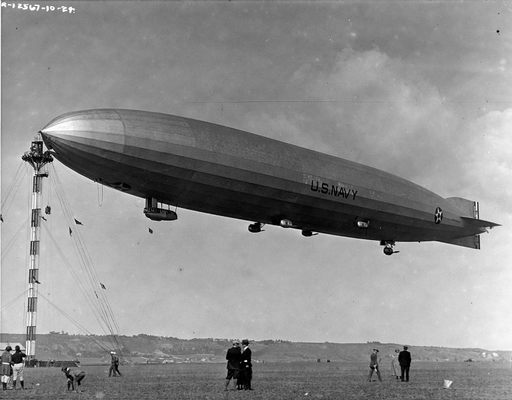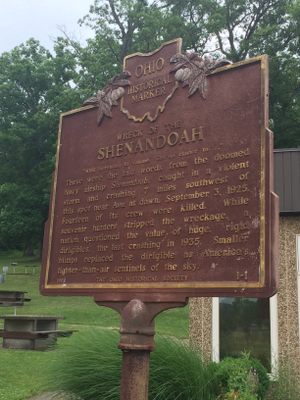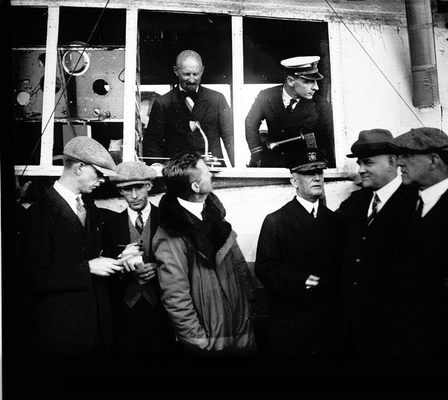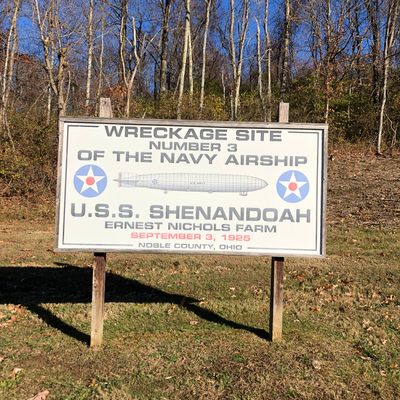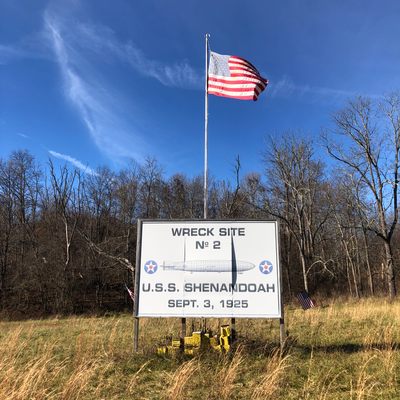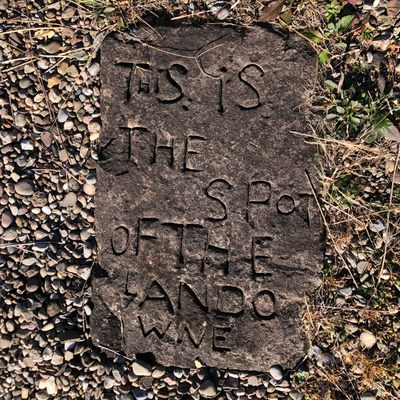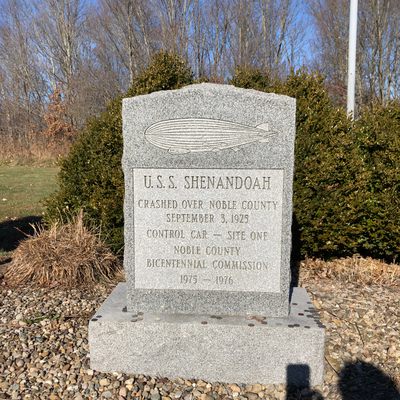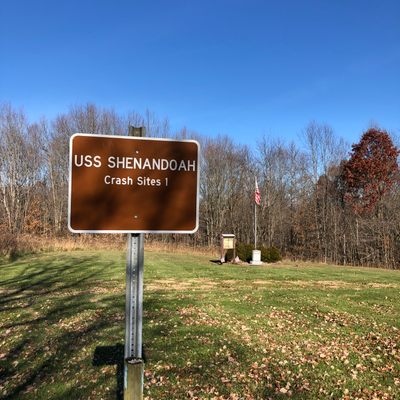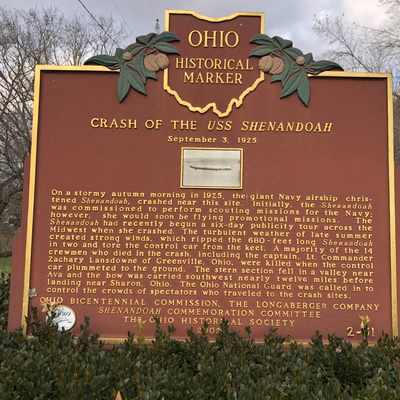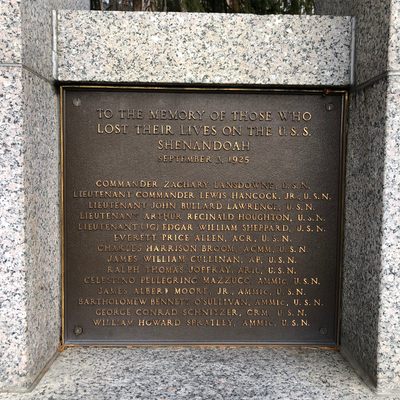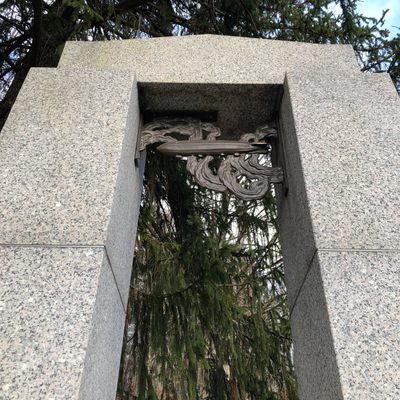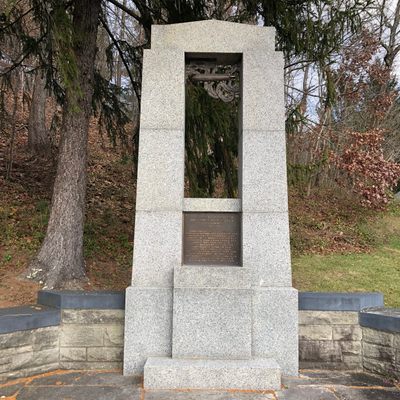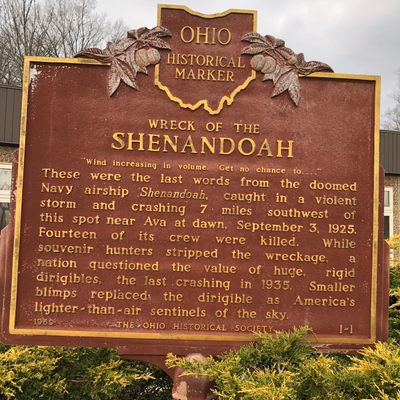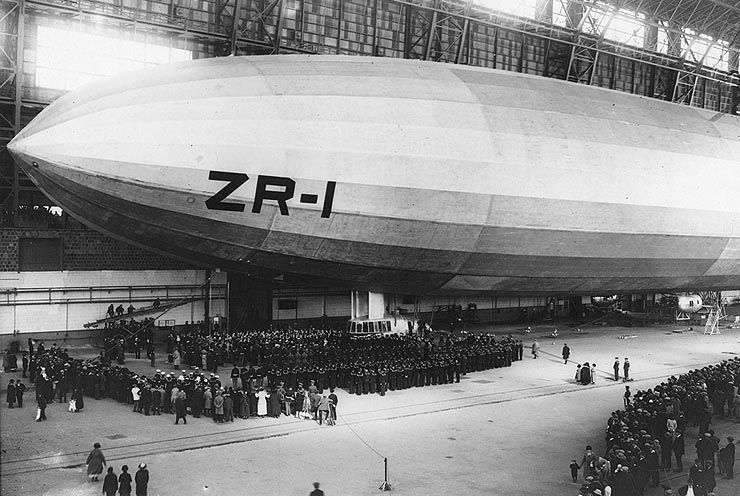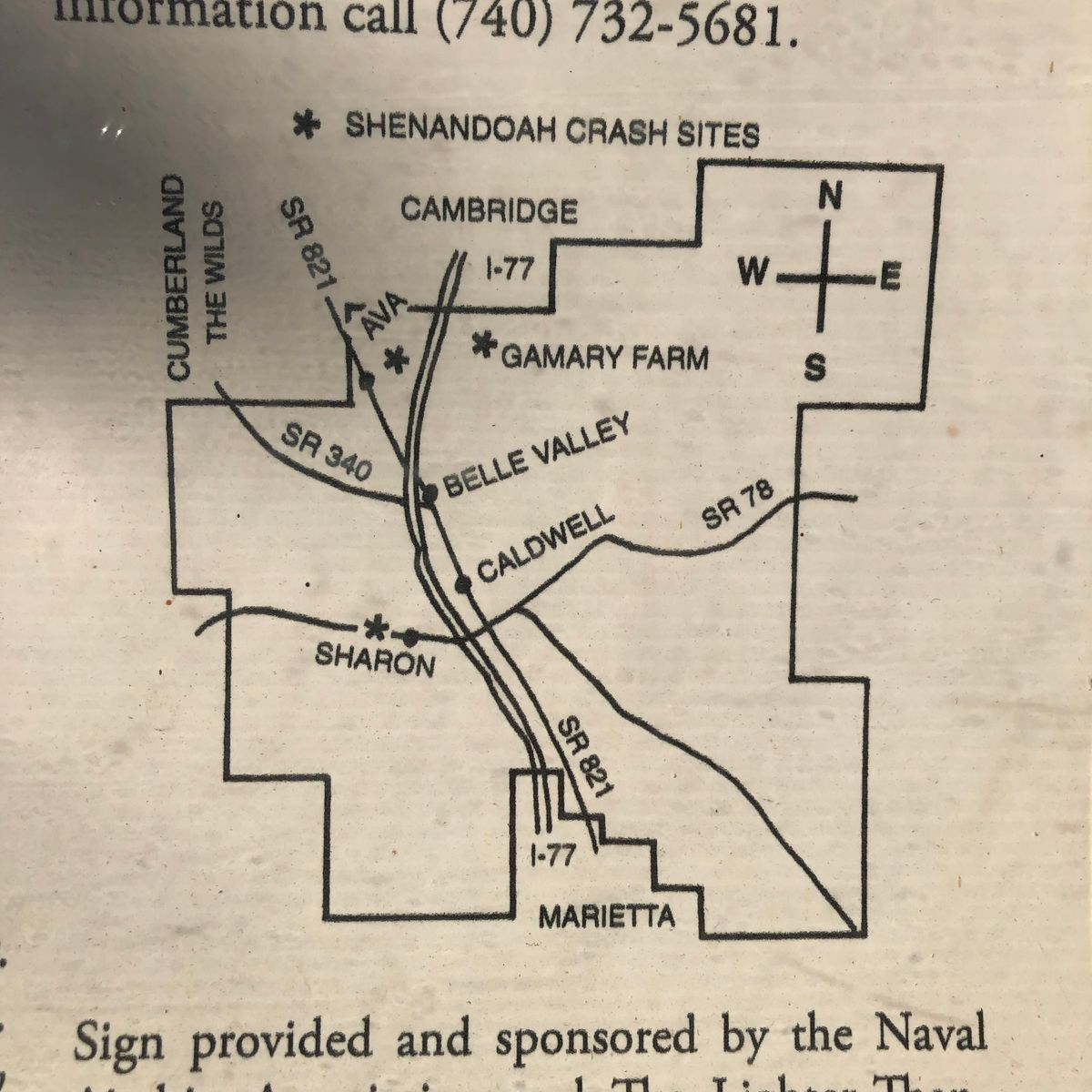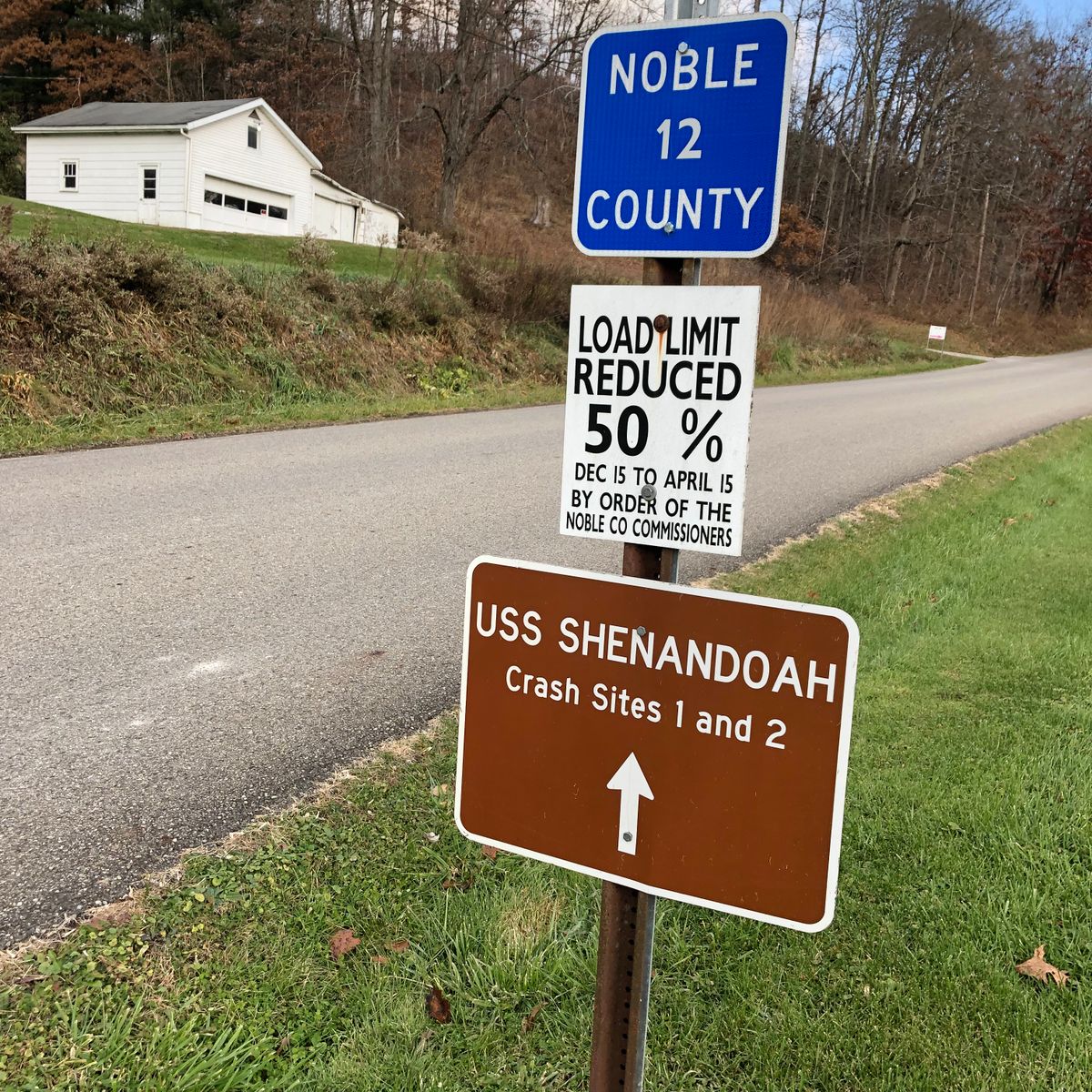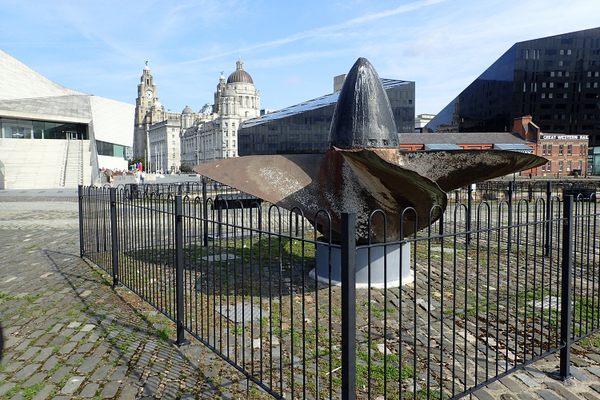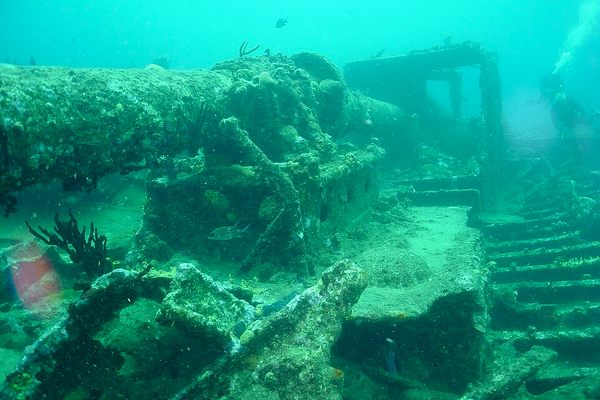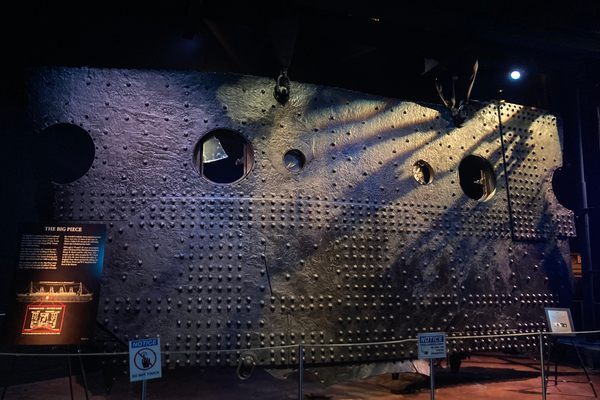About
On September 3, 1925, the airship USS Shenandoah crashed in the hills of Southeast Ohio. Fourteen crewmembers were killed, the wreckage was torn apart by local looters, and the whole disaster foreshadowed the beginning of the end for dirigibles.
In the 1920s, dirigibles and airships populated the skies alongside airplanes. European countries had long used airships for military purposes, and so in 1923 the US Navy launched the nation’s first rigid dirigible, the USS Shenandoah. The Shenandoah would be the first dirigible in the world to use helium, instead of dangerous and highly volatile hydrogen, to keep it aloft. When completed, the Shenandoah was housed in Lakehurst, New Jersey.
The Shenandoah gained notability in 1924 when it completed a transcontinental flight of North America. Due to this well-publicized adventure, the airship, once conceived as a scouting vessel, quickly became more useful to the Navy as a promotional tool. The Shenandoah was scheduled to spend the late summer of 1925 visiting state fairs in the Midwest. It was a mission that apparently did not sit well with the airship’s commanding officer.
Lieutenant Commander Zachary Lansdowne was from Greenville, Ohio and was aware that late summer brought sudden, severe and unpredictable weather to the Great Lakes region. When he passed his concerns along to his superior officers, they were only partially heeded. The Navy would delay the Midwest flight to September, but refused to cancel it.
On September 3, 1925, as the Shenandoah started on the publicity tour, she met a powerful squall line that tore the airship in half. Due to the violent destruction of the Shenandoah while it was still airborne, the ship’s crash site is actually three crash sites. The stern section crashed near Ava, Ohio while the bow section was blown along the wind until it landed near Sharon, Ohio. The ship’s control car fell near Ava on what is now Ohio State Route 821. The Shenandoah disaster killed 14 navy aviators, including Lansdowne.
In what today might seem like a stunning display of disrespect to the fallen aviators, locals in the area started looting the crash site almost immediately. On September 16, two weeks after the crash, Justice Department agents and prohibition agents conducted a series of raids in West Virginia and Ohio to recover stolen artifacts from the Shenandoah. According to a Milwaukee Sentinel article from the time, “among the recovered articles…were personal grips of several members of the ship’s crew and a cap said to have been worn by Commander Zachary Lansdowne.”
The Shenandoah disaster would be the first of several crashes that would ultimately push the United States, and the world, away from lighter-than-air flight and toward sole reliance on planes for air travel. In 1933, the USS Akron, another navy airship, crashed in a storm off the coast of New Jersey, killing 73 people. Two years later, yet another storm crashed Akron’s sister ship USS Macon, killing two crew members. Two years after that, the Hindenburg exploded over New Jersey, killing 36 people and effectively ending the common use of airships.
While the looters left very little in the way of a physical legacy of the Shenandoah, the airship was memorialized in 1925 by folk singer Vernon Dalhart with his mournful ballad “The Wreck of the Shenandoah.”
The victims of the Shenandoah disaster were: Zachary Lansdowne, Lewis Hancock, Arthur Houghton, Edgar Sheppard, Jack Lawrence, George Schnitzer, James Moore, Ralph Joffray, Bart O'Sullivan, James Cullinan, Everett Allen, Charles Broom, Celestino Mazzuco, William Spratley.
Related Tags
Published
June 28, 2016


